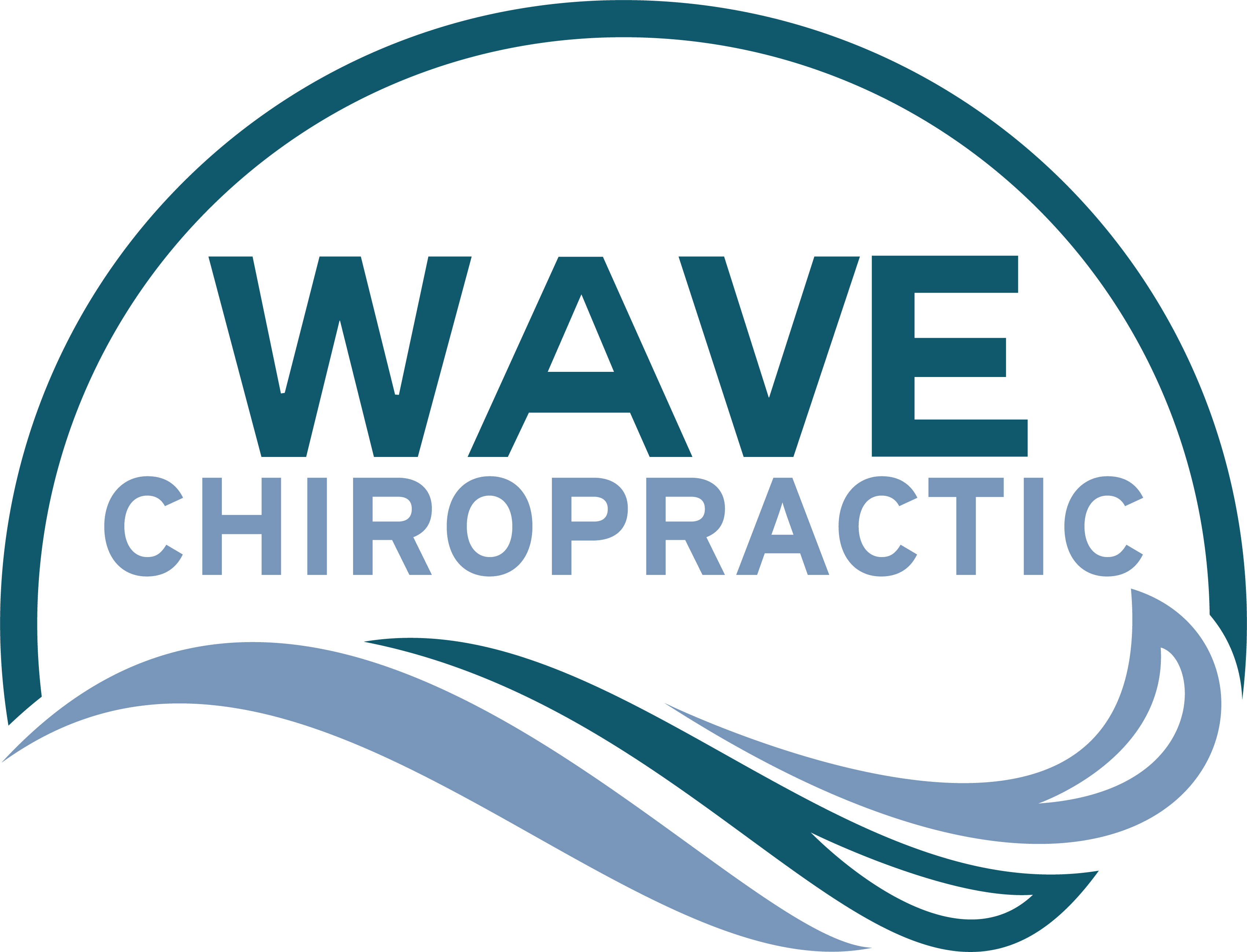If you're struggling with chronic pain, you might find that conventional treatments aren't providing the relief you need. Chiropractic care offers a range of strategies that can help you manage your discomfort more effectively. By understanding your pain triggers and incorporating adjustments, you could start to notice improvements in your well-being. But that's just the beginning. There are several practical tips that can support your journey to recovery, and exploring these could lead you to a more manageable, pain-free life. What are the key strategies that could make a difference for you?
Understand Your Pain Triggers
Identifying your pain triggers is an essential step in managing chronic pain effectively. You need to take the time to recognize what activities, environments, or emotional states seem to exacerbate your discomfort. Start by keeping a daily journal where you note down your activities, meals, stress levels, and pain levels. This record will help you identify patterns that contribute to your pain.
Pay attention to specific movements or postures that might lead to flare-ups. Maybe sitting for prolonged periods causes your back pain to worsen, or perhaps certain exercises aggravate your joint discomfort. Once you've identified these triggers, you can begin to make conscious adjustments to your routine.
Don't overlook emotional triggers, either. Stress, anxiety, and depression can greatly impact your perception of pain. If you notice that your pain intensifies during stressful situations, it could be beneficial to explore stress-reduction techniques like mindfulness, meditation, or breathing exercises.
Additionally, consider environmental factors, such as temperature changes or humidity, which can affect your pain levels. If you find that cold weather makes your joints ache more, you might want to plan activities accordingly.
Understanding your pain triggers isn't just about avoidance; it's about empowerment. When you know what aggravates your condition, you can take proactive steps to mitigate those triggers and improve your quality of life.
Incorporate Regular Adjustments
Your body's alignment plays an essential role in managing chronic pain, and incorporating regular chiropractic adjustments can make a significant difference. These adjustments target misalignments in your spine and joints, helping to restore proper function and reduce discomfort. When you prioritize these visits, you're not just addressing your pain; you're actively working towards long-term wellness.
During your adjustments, your chiropractor uses specific techniques to manipulate your spine and improve mobility. This process can relieve tension in your muscles and alleviate stress on your nerves, providing you with immediate relief.
Regular adjustments can also enhance your body's natural healing processes, allowing it to recover more effectively from injuries or chronic conditions. It's essential to establish a routine that includes these adjustments. Depending on your individual needs, your chiropractor may recommend a specific schedule, whether that's weekly, bi-weekly, or monthly sessions.
By sticking to this plan, you allow your body to maintain ideal alignment over time, minimizing the chances of pain returning. In addition to pain relief, regular chiropractic care can improve your overall health. Many people report better sleep, increased energy levels, and enhanced mobility after incorporating adjustments into their routine.
Practice Posture Awareness
Maintaining proper posture throughout your daily activities can greatly impact your chronic pain management efforts. When you sit, stand, or move, being mindful of your posture can prevent unnecessary strain on your muscles and joints. Poor posture can lead to muscle imbalances, which may exacerbate your pain.
Start by evaluating your workstation. If you're seated for long periods, your chair should support your lower back, and your feet should rest flat on the ground. Keep your monitor at eye level to avoid straining your neck.
When standing, distribute your weight evenly between both feet and avoid locking your knees. Remember, your posture matters whether you're at work, home, or exercising.
Throughout your day, take breaks to check in with your body. Are your shoulders hunched? Is your head jutting forward? Correct these habits by drawing your shoulders back and aligning your head over your spine. Engaging your core muscles can also help support your back and maintain stability.
When lifting objects, bend at your knees rather than your waist. This technique helps protect your back from injury and minimizes pain.
Also, consider using ergonomic tools, like supportive chairs or standing desks, to promote better alignment.
Utilize Stretching Techniques
Incorporating effective stretching techniques into your routine can considerably enhance your chronic pain relief efforts. Stretching is an essential component of maintaining flexibility and reducing muscle tension, which can exacerbate pain. By regularly integrating stretching into your day, you can experience improved mobility and decreased discomfort.
Start by identifying the areas where you typically feel tightness or pain. Focus on these areas during your stretching sessions. For instance, if you often feel tension in your back or neck, gentle stretches targeting those regions can provide relief.
Don't rush through your stretches; instead, hold each position for at least 15 to 30 seconds to allow your muscles to fully relax. Consider using dynamic stretches, especially before engaging in physical activities. Movements like arm circles or leg swings can help warm up your muscles, preparing them for more intense activity.
After exercising, incorporate static stretches to cool down and promote recovery. Remember to breathe deeply while stretching, as this can enhance relaxation and further alleviate pain.
It's also beneficial to establish a consistent stretching schedule. Aim for at least 10 to 15 minutes of stretching a day, whether it's in the morning, during breaks, or before bed. You might find that stretching not only helps reduce pain but also enhances your overall sense of well-being.
Listen to your body, and don't push through pain; modify your stretches as needed to suit your comfort level.
Explore Lifestyle Modifications
Making lifestyle modifications can greatly impact chronic pain management and overall well-being. One of the first steps you can take is to evaluate your daily habits. For instance, consider your diet. Incorporating anti-inflammatory foods like fruits, vegetables, and whole grains can help reduce pain and inflammation. Staying hydrated is equally important, so aim for plenty of water throughout the day.
Next, assess your physical activity level. Regular exercise is essential, as it strengthens muscles and improves flexibility. Choose low-impact activities like walking, swimming, or cycling, which are easier on your joints. Even short, consistent workouts can make a difference in how you feel.
Don't forget to prioritize sleep. Quality rest is critical for recovery and pain management. Create a calming bedtime routine and aim for 7-9 hours of sleep each night. This will help your body heal and recharge.
Stress management is another key component. Chronic stress can exacerbate pain, so explore relaxation techniques such as deep breathing, meditation, or yoga. These practices can help you manage stress effectively and improve your overall mood.
Lastly, consider your workspace. If you spend long hours sitting, verify your desk is ergonomically designed to minimize strain on your body. Small adjustments can lead to significant relief.
Conclusion
Incorporating these chiropractic tips into your daily routine can greatly enhance your journey toward chronic pain relief. By understanding your pain triggers, committing to regular adjustments, maintaining good posture, utilizing stretching techniques, and embracing lifestyle modifications, you're taking proactive steps toward better health. Remember, managing chronic pain is a process, but with these strategies, you can improve your well-being and enjoy a more active, fulfilling life. Start today, and feel the difference in your comfort and mobility!

